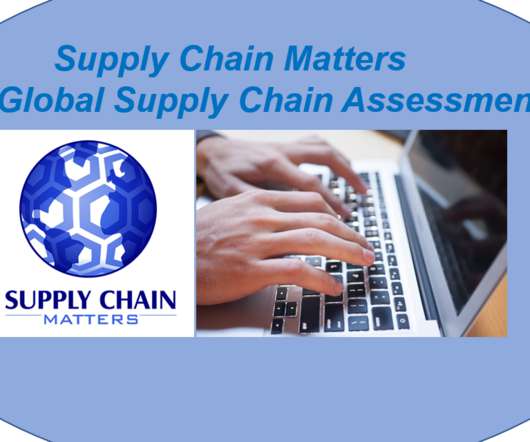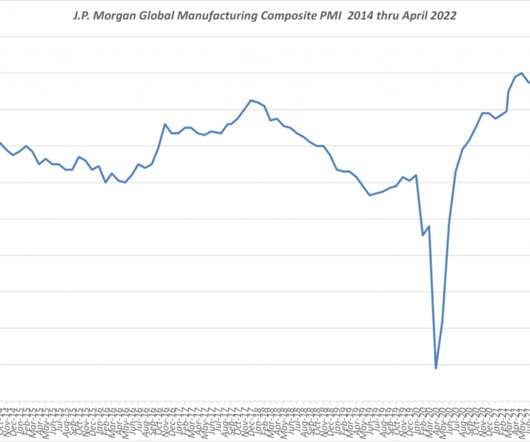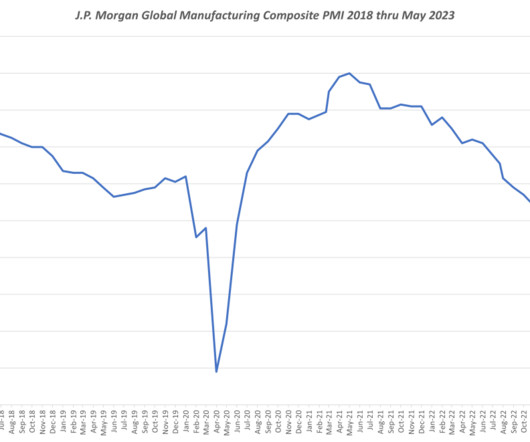July 2022 Global Manufacturing Indices Indicating Declining Momentum
Supply Chain Matters
AUGUST 3, 2022
Commenting on the July report, Chris Williamson, Chief Business Economist at S&P Global indicated in-part: “ With the exception of pandemic lockdown periods, July saw US manufacturers report the toughest business conditions since 2009.
















Let's personalize your content